SUMMARY
This is AI generated summarization, which may have errors. For context, always refer to the full article.
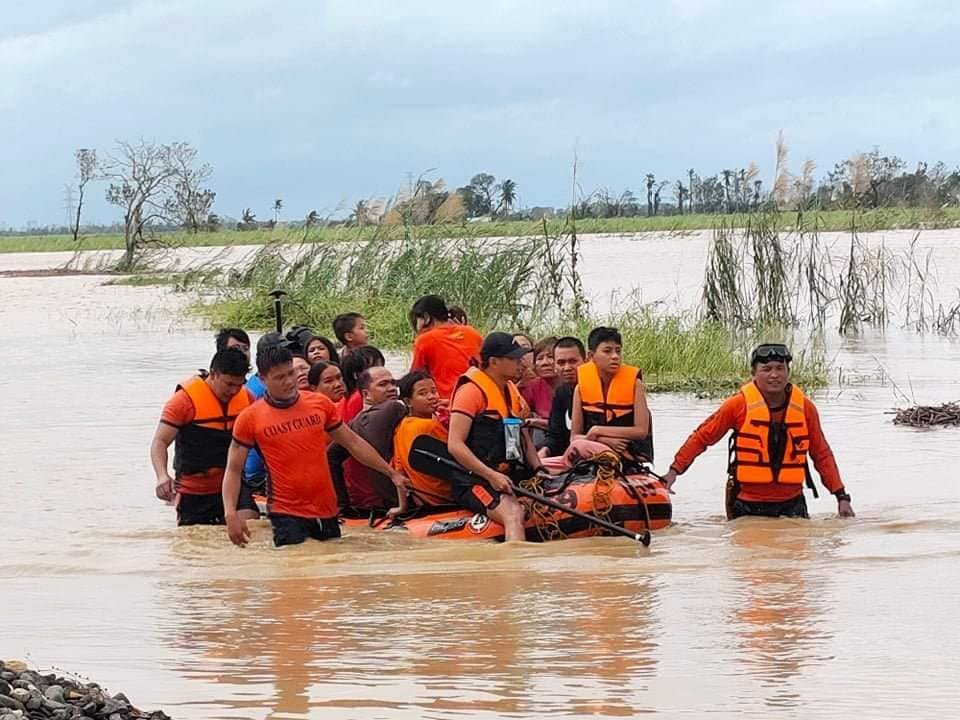
Rescue teams from the Negros Occidental provincial government, the Philippine Coast Guard (PCG), the Army, and the police started the slow slog of entering the province’s southernmost towns as floods subsided on Saturday, December 18.
In Kabankalan City, where 60% of barangays were flooded since Typhoon Odette struck on December 16, and roads looked live rivers of mud, people trickled back to damaged homes.
Eight persons died during Typhoon Odette’s onslaught, according to Governor Eugenio Jose “Bong” Lacson. Moises Padilla town had three casualties. The cities of San Carlos, Manapla, La Carlota, and Binalbagan and Isabela town had one death each.
“We’re still trying to collate information across the province, but the biggest damage will come from the destruction of houses made of light materials,” Governor Eugenio Jose “Bong” Lacson said on December 18.
From northern to southern Negros, and even in the capital city of Bacolod, small shacks that are the homes of the province’s poorest folk ended up on roads, atop shrubs, and in rivers and beaches.
But even strong, concrete structures did not withstand Odette’s wrath as shown by photos taken by Kalaw Studios in Kabankalan.
Sugar industry sources, who did not want to be named because they were speaking in an unofficial capacity, said it would be a sad Christmas for many producers.
Harvest only started in September. Nearly half of the haciendas in the province still have to take standing crops to the mills, said one official of a sugar planter association.
In the province’s south, an official of another planters’ group said one sugar mill “is in a very bad shape,” with reports of a flooded sugar warehouse.
Negros Occidental Provincial Veterinarian Renante Decena said Odette left an estimated damage of P475 million in the farm animal sector.
He said damage to broiler chicken farms was at P250 million. “The typhoon flattened everything,” Decena said, adding that chicks died due to lack of power and damaged generators. At the provincial poultry project in La Carlota, damage was placed at P2 million.
The damage to piggery and layers was at P100 million and P50 million, respectively, Decena said, adding that most of the damage was in infrastructure and buildings.
Lacson invited the private sector to help with emergency rice and food aid. Civic groups swung into action early Saturday but had to turn back due to dangerous, debris-filled roads.
Provincial Administrator Rayfrando Diaz said people can deliver food and water and other aid to the provincial Multi-Purpose Center on Aguinaldo Street.
Coordination problems
Kabankalan Mayor Pedro Zayco informed Lacson on Saturday morning that his city’s personnel were starting to clear roads to speed up relief efforts.
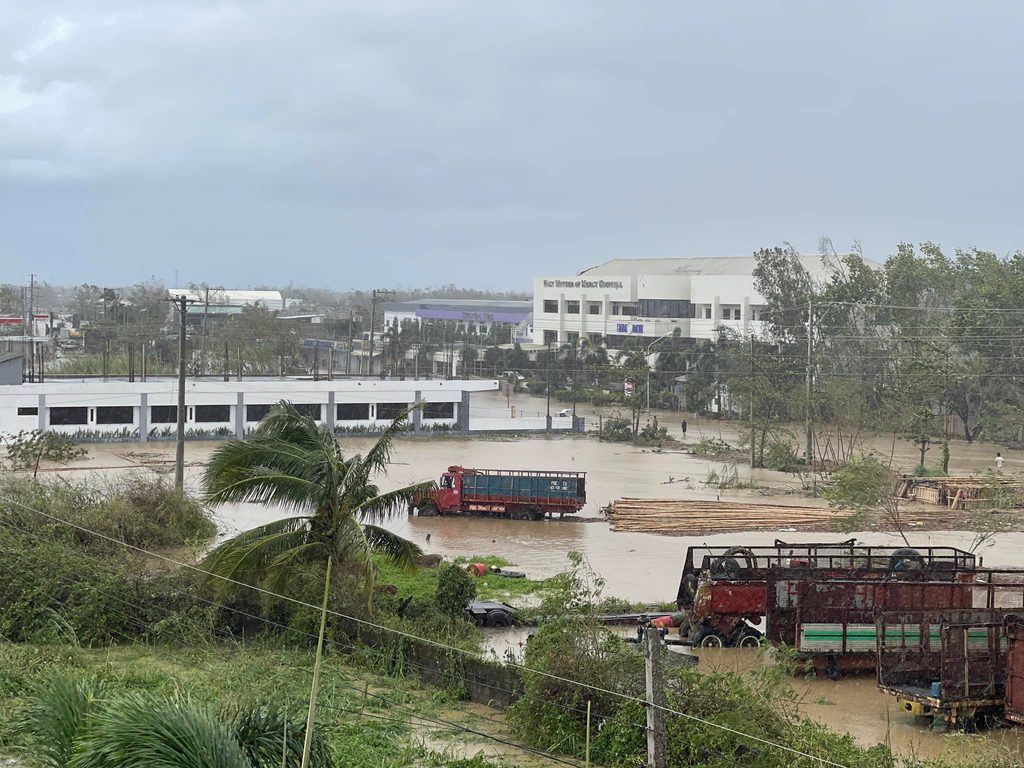
A province-wide blackout, with power just starting to return to some urban areas, and the loss of internet and telecommunications connectivity, poised great challenges for rescue and relief efforts.
Councilor Jason Tupas of Hinobaan, the southernmost town of Negros Occidental, had to go to Cauayan town, 80 kilometers away, just to send a text message to the provincial administrator, Lacson said.
Tupas echoed Lacson’s findings: the biggest problem is rebuilding the homes of poor residents.
The province has yet to finalize the numbers of the newly homeless. Lacson, however, said the scale of destruction indicated prolonged stay in evacuation centers for many families.
Lacson told Aksyon Radyo Bacolod that rescuers in Ilog had to turn back on December 17 because of the strong current and high waters.
“It was too risky even for them,” he said in Ilonggo.
Without blaming anyone, Lacon stressed that Typhoon Odette “went where we were told it would go, at the strength we were told she would have.”
The governor ordered local governments to undertake preemptive measures on December 15 and in the morning of December 16. Southern Negros was placed under Signal Number 4 as Odette whipped through an inland route with torrential rains and winds reaching 175 km/hr that night.
The provincial government said at least 34,000 residents evacuated their homes during preemptive operations. Zeaphard Gerhart Caelian, head of the Negros Occidental Provincial Disaster Management Program Division, said the figure did not include residents of southern towns whostarted evacuating mid-day of December 16, when communications signals started to falter.
Rescue, relief teams undaunted
For two days now, rescue teams from various government agencies have battled flood current to rescue trapped residents.
Chief Petty Officer Nino Pimentel, Special Operations Unit, PCG-Negros Occidental said his team rescued 54 individuals in Kabankalan on December 17. Caelian said the provincial team rescued 44 individuals from rooftops in the same city.
Loss of shelter for families as Christmas nears weighed heavy on San Carlos Bishop Gerardo Alminasa.
He posted a call for construction materials on his Facebook page and also offered the Parish Pastoral Council Hall of the San Carlos Borromeo Cathedral as a charging area for residents who need to use their mobile phones and other communications devices.
“We need to bring water to inner barangays,” said an official of a Rotary club preparing to bring mobile water tanks to southern towns. “Blankets, towels, ready to eat food and milk are needed. We are also bringing hygiene kits and bread,” the Rotarian told Rappler.
But in other areas of the province, churches were also badly hit, making it difficult for a pillar of relief to immediate aid affected residents.
– Rappler.com
Add a comment
How does this make you feel?






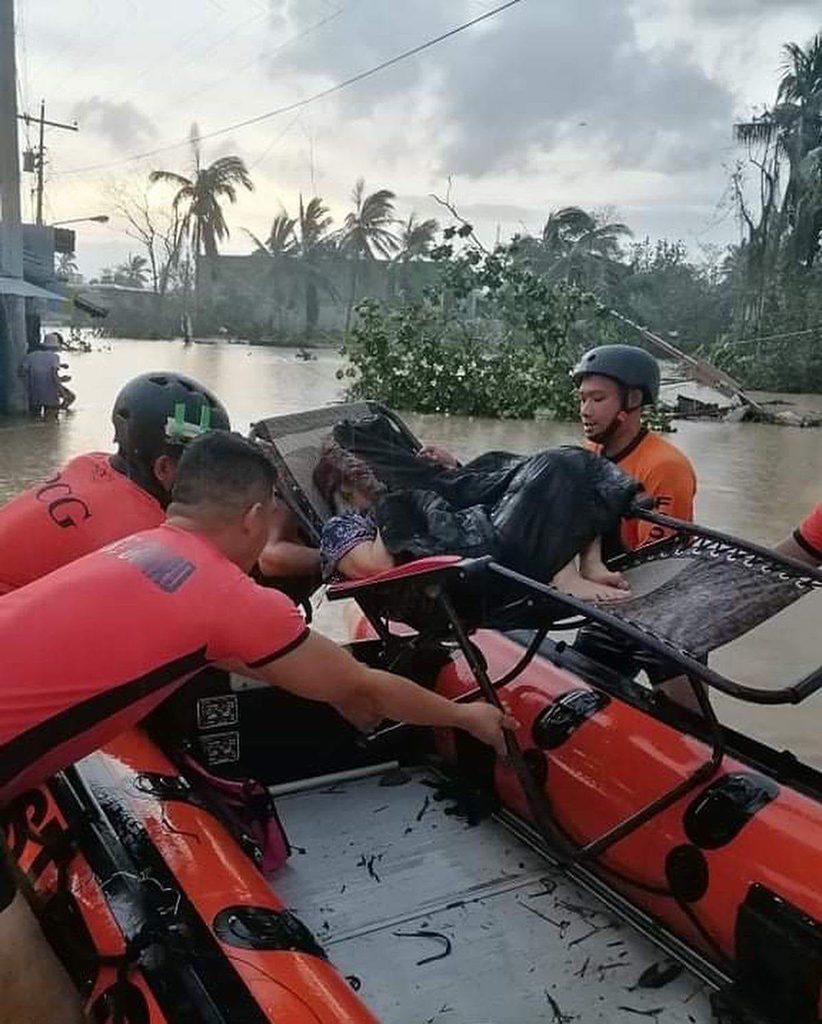


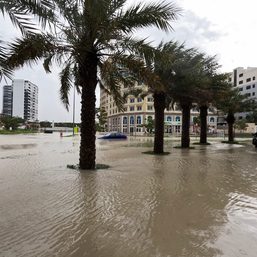
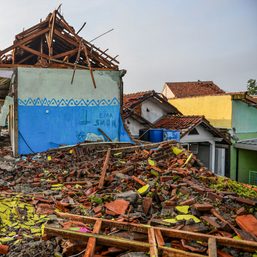
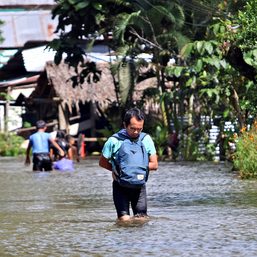
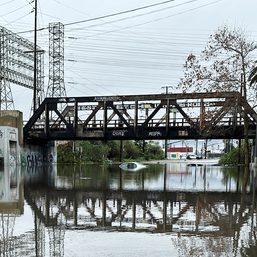
There are no comments yet. Add your comment to start the conversation.